
As we all know, the female reproductive system has reproductive significance. How much do we know about its health? So, what causes infertility? We can solve some of the mysteries of infertility based on the decomposition of the parts: the cervix, the ovaries, the fallopian tubes, the uterus and uterine membrane.
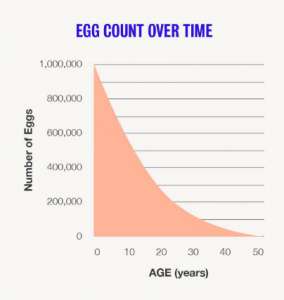
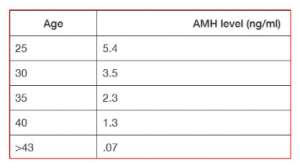
- First, when the ovaries gradually age, eggs and ovulation will become progressively scarce. Usually, a girl is born with about 1 million eggs. When she reaches puberty, she will lose half of her eggs. Every month after puberty, she will lose as many as 1,000 eggs. However, only one egg matures and ovulates every month.
- AntiMullerian hormones (AMH) are protein hormones produced by the primary follicles in the ovaries. Through the blood AMH test and vaginal ultrasound USG test, these two tests can assist in estimating the number of follicles in the ovaries, thereby evaluating a woman’s ovarian reserves. The typical AMH level of fertile women is >1.1-4.0 ng/ml, while the ultrasonic USG Antral Follicle Count AFC follicle count for each ovary is 6-8 follicles. A level of AMH below 1 ng/ml is considered to be a low level indicating a decrease in ovarian reserves. So, what happens when the ovaries age and the number of eggs declines?
- The quality of eggs is also affected. Diseases, toxins, free radicals, fevers, etc. in daily life, Will destroy the DNA in the egg. This is why as a woman ages, she is more likely to have genetically abnormal eggs, which can lead to infertility, miscarriage, or diseases such as syndrome. For women who successfully conceive, the probability of miscarriage or Down syndrome and other diseases due to genetic abnormalities will also increase with age, from 0.2% in their 20s to 5% in their 40s. This is why eggs obtained by women in their 20s or early 30s are more likely to obtain a healthy pregnancy, even if they are retained for later use.
- In addition, as you age, you may also begin to see a series of ovarian lesions, such as polycystic ovary syndrome (PCOS); ovarian cysts/endometriosis hematomas/and even malignant ovarian tumours. For polycystic ovary syndrome, irregular menstruation and delayed childbirth may occur due to the inability to ovulate regularly. For ovarian cysts, early detection is very important, because it may cause accidents such as cyst rupture, torsion, bleeding and infection. As for endometriosis, it may cause ovarian hematoma and water or obstruction of the fallopian tubes. If you also encounter uterine adenomyosis, it is likely to cause dysmenorrhea and infertility. For any tumours on the body, I advise you to treat them as soon as possible!
- Secondly, the health of the fallopian tube.The fallopian tube is the place where sperm and eggs meet and are fertilized. It is known that fallopian tube infection/fallopian tube inflammation can cause painful pelvic inflammatory diseases. If this part of the fallopian tubes is abnormally blocked or swollen, this may lead to ectopic pregnancy or infertility!
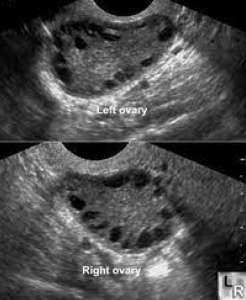
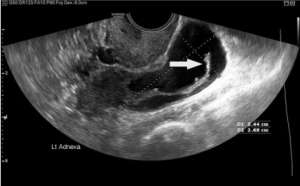
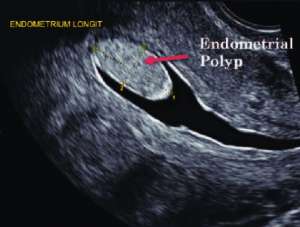
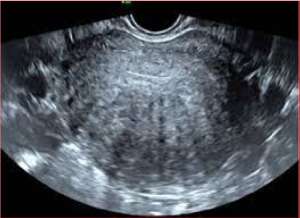
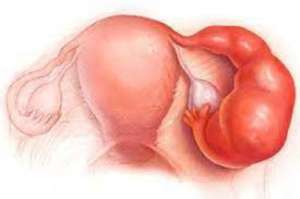
- Third, the health of the uterus and uterine membrane The uterus is the body of the infant/growing fetus. In addition to the aging of the ovaries, the uterus and uterine membrane will also age. An aging uterus may cause a variety of diseases. One in ten women may have uterine fibroids. The location and size of the fibroids can determine the number of her groups, such as menstrual cramps, abnormal uterine bleeding/excessive menstruation, habitual abortion, etc. Endometrial polyps may also prevent embryo implantation, leading to repeated implantation failure or abnormal menstruation. However, uterine adenomyosis is caused by the pathology of abnormal blood vessels in the uterine muscles, which can seriously lead to menstrual cramps, abnormal uterine bleeding and implantation failure.
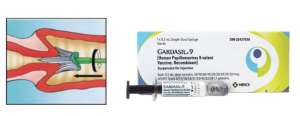
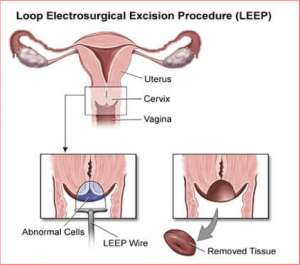
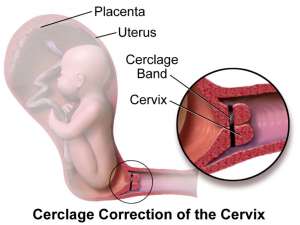
- Fourth, the health of the cervix. The two main strategies for preventing cervical cancer are human papillomavirus (HPV) vaccination and PAP smear testing. PAP smear testing helps to detect cervical intraepithelial tumor lesions or early cervical cancer in time for timely treatment. However, cervical treatment may destroy normal cervical mucus production and the normal structure of the cervix. Therefore, the risk of miscarriage, miscarriage in the second trimester and even infertility is quite high. In order to ensure future pregnancy, women may need other operations such as cervical ring tying during pregnancy.
Gynecological health is about early prevention, early detection, and early treatment. Ladies must pay attention to their menstrual patterns. Don’t take it for granted that abdominal tumors are mistaken for weight gain. Okay, finally, I wish the girls who are preparing for pregnancy a smooth pregnancy! Thank you all.

Dr Chan Joe Mee
Consultant O&G
Fertility Specialist
Make an appointment with us
Drop us a message and we’ll get right back to you. You may also call us directly at
+6019-2812337 to speak with a member of our fertility team.

